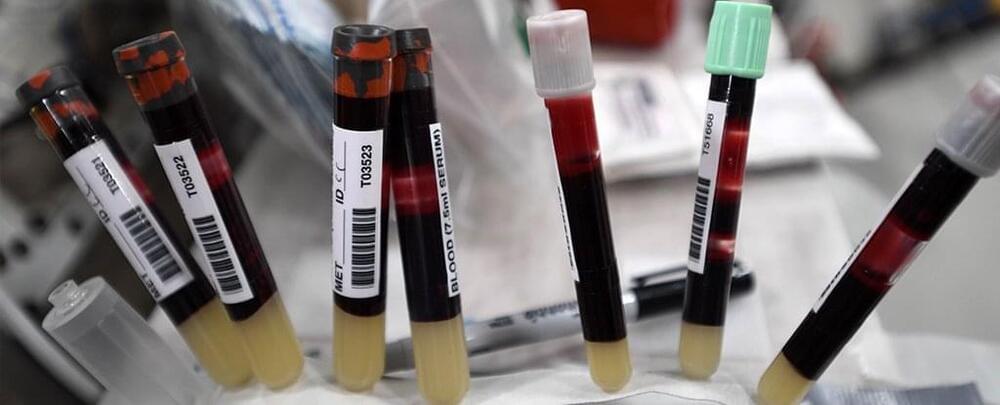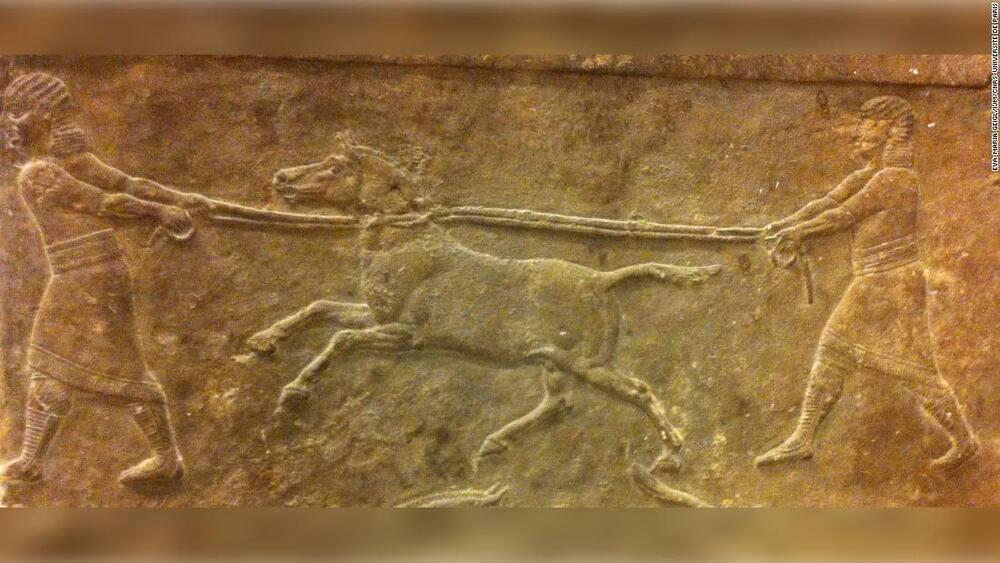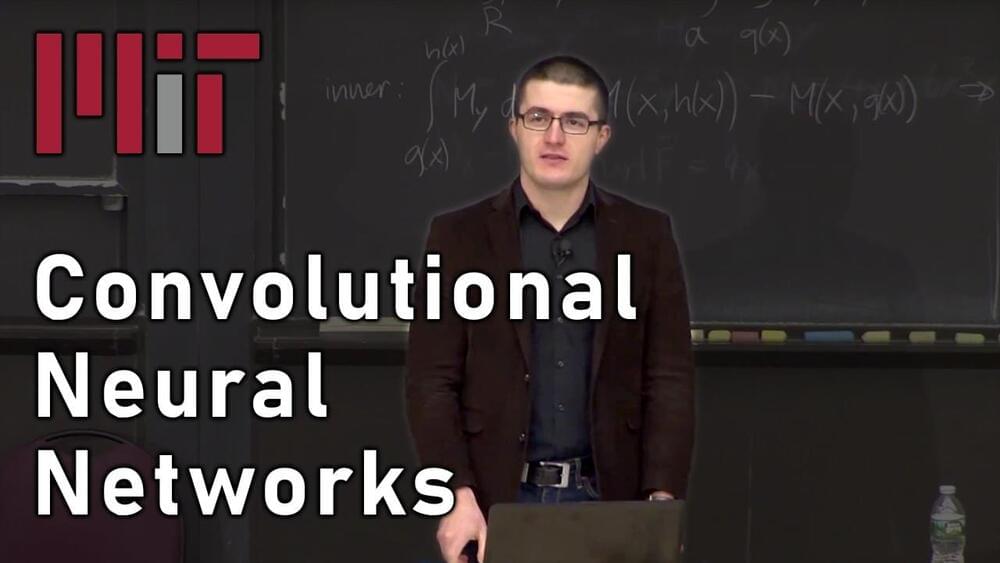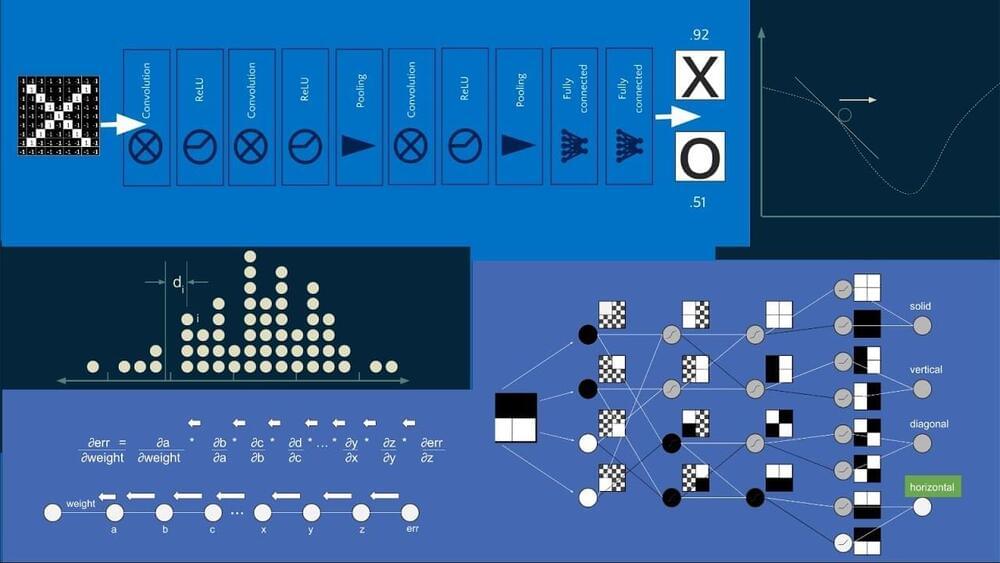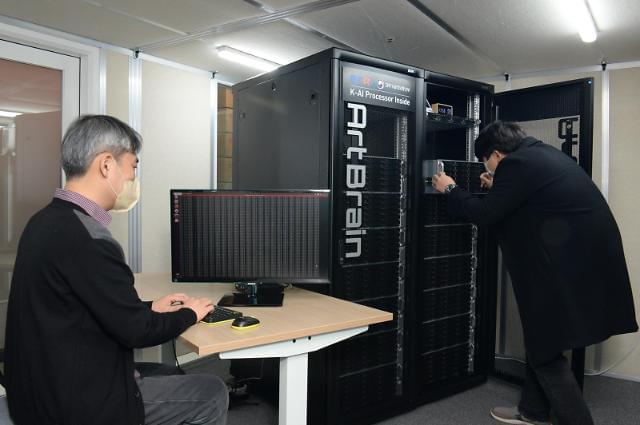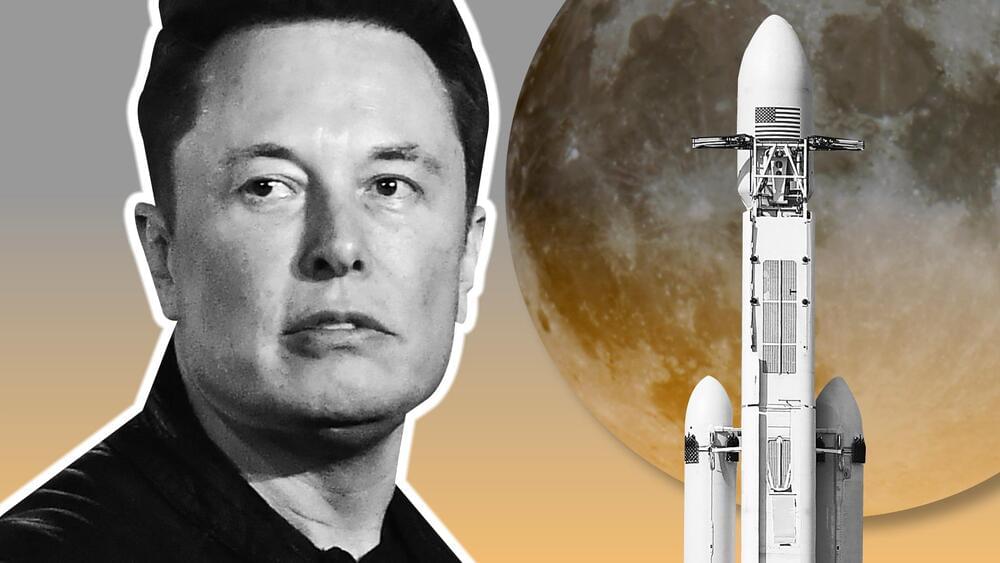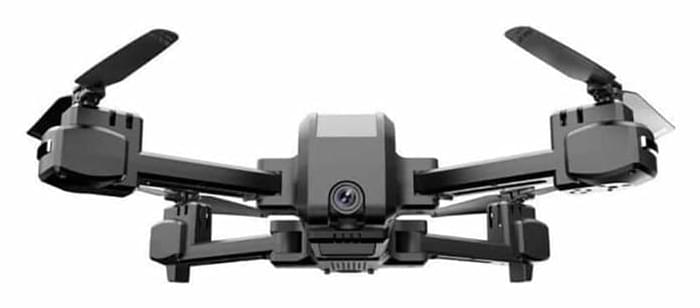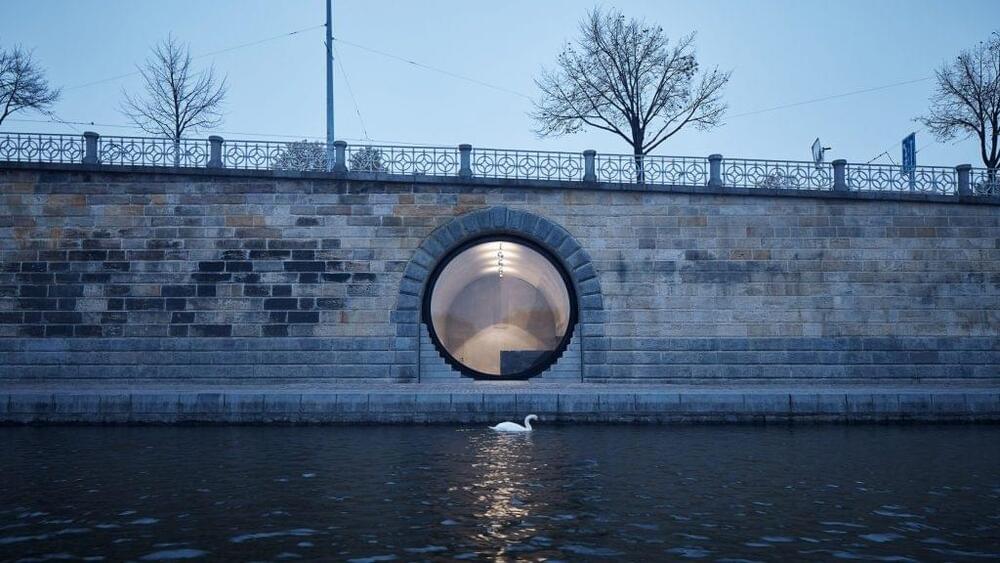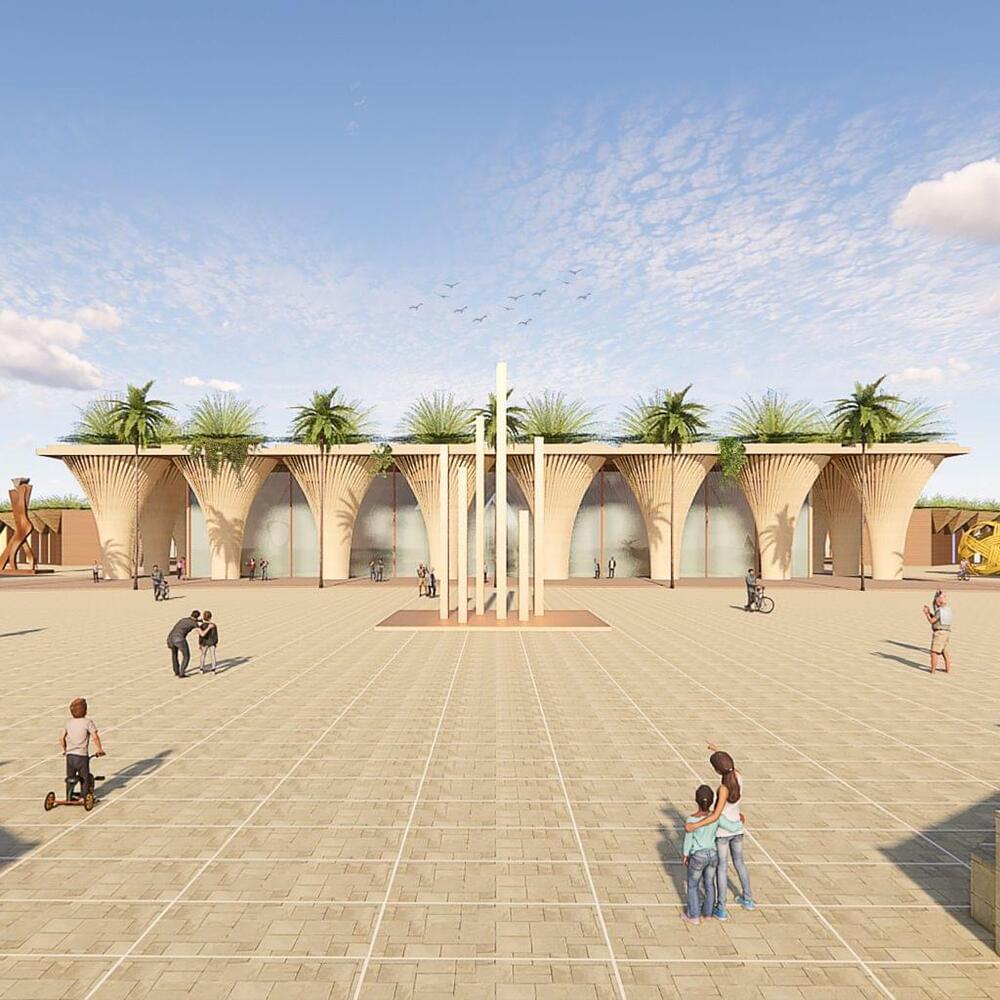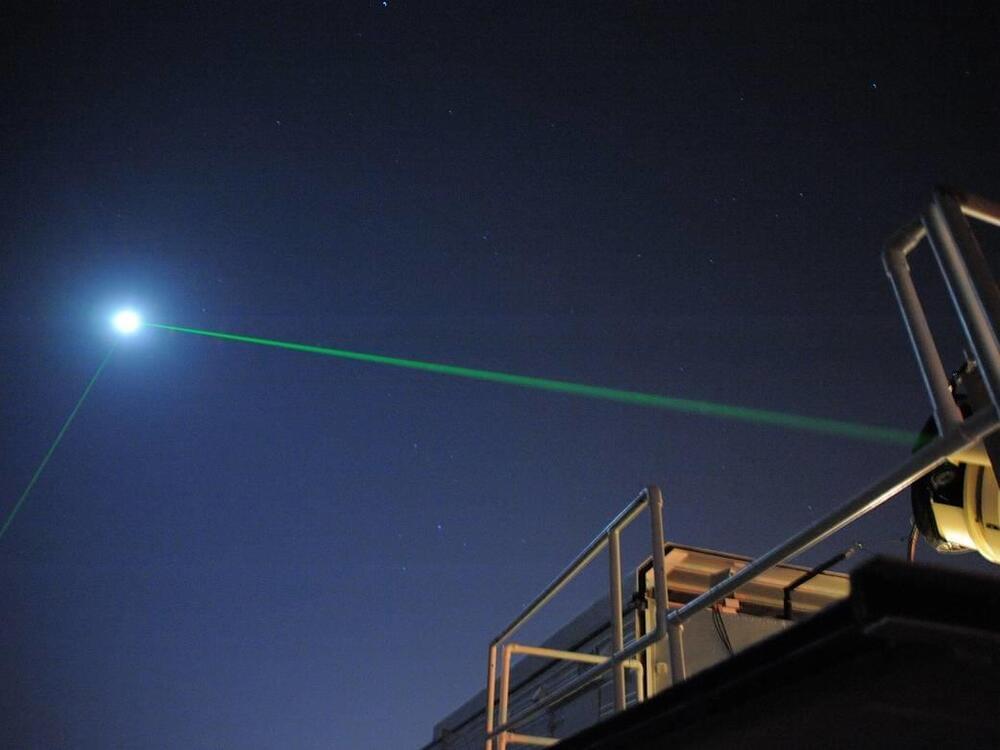The human body did not evolve to handle life in space, and it shows in our very blood.
Since our species first started to spend extended periods of time beyond our planet, researchers have noticed a curious and consistent loss of red blood cells among astronauts.
The phenomenon is called ‘space anemia’, and until recently, its cause was a mystery. Some experts have argued space anemia is only a short-term phenomenon – a brief compensation for the fluid changes in our bodies under microgravity.
